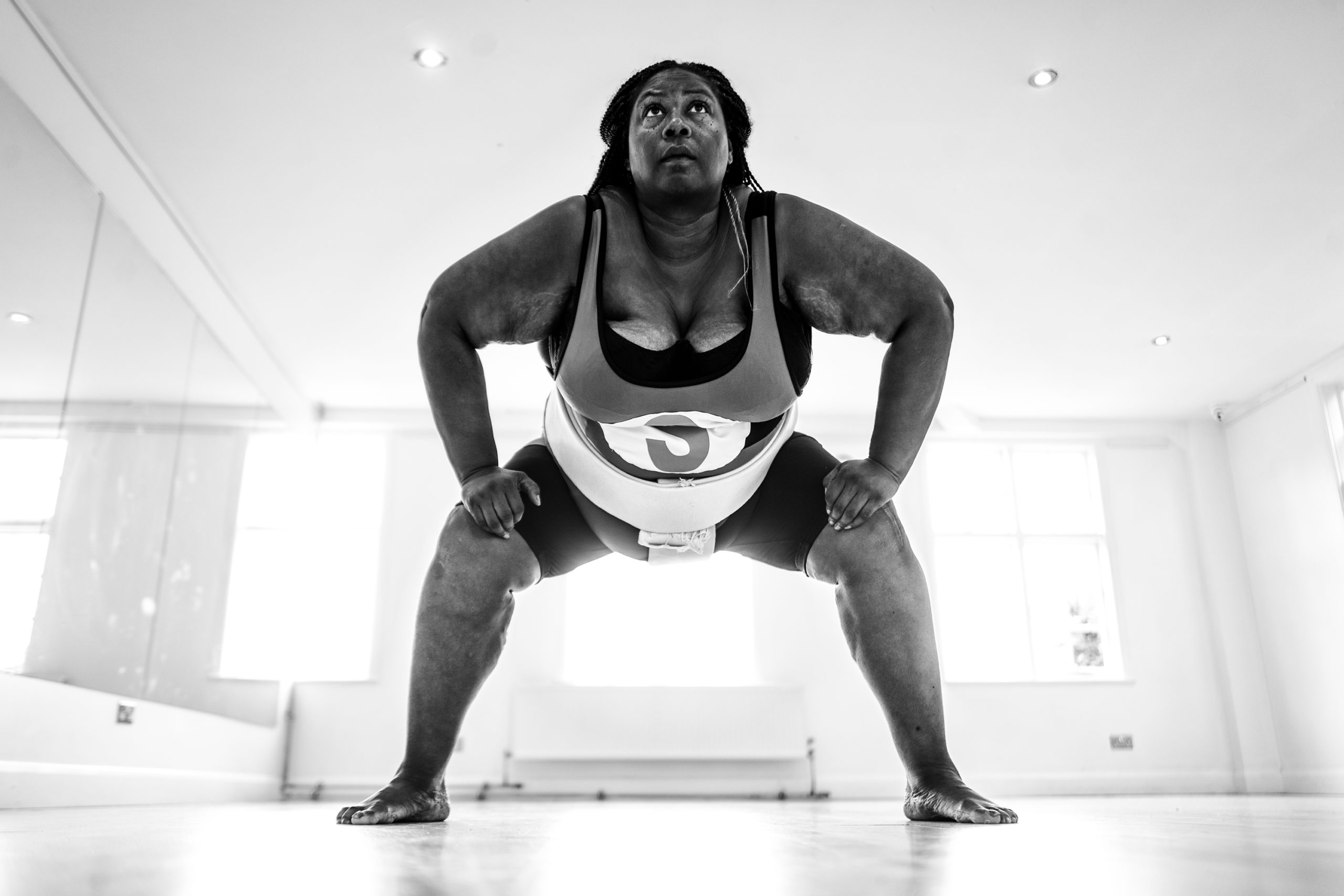All images by Katerina Gregoriou. Used with permission.
“Every time I photograph one of these women, without fail, I leave with an incredible sense of gratitude, inspiration, and positive energy,” explains Katerina Gregoriou as she speaks about her project, Shattered Glass. She adds, “…documenting women who are making a serious change in the world is truly an honor and a joy in and of itself.” Katerina is no stranger to the adversities synonymous with being a female in the workplace–especially those dominated by men. Previously working as a mechanical engineer, she became accustomed to comments about her appearance and her ability to belong in such a working environment. But with each comment that came, so did an increase in her determination to prove the world wrong. And then, in 2018, “photography found her,” and with that, she found an outlet to express just how powerful she (and the millions of women like her) can be.
Relatively speaking, Katerina hasn’t been using a camera that long. It wasn’t until March of 2019 that she decided it was time to pursue her passion on a deeper level. Most new photographers just shoot as they go along, without any real purpose. Not Katerina. Instead, she decided even in the early stages of her career that she was going to invest her energy into work that was as equally impactful as it was meaningful. It was this attitude that inspired her to create Shattered Glass. The work focuses on several women, who like her, have had to smash the glass ceiling in order to do the jobs they’re passionate about.
“Why does anyone who works in a certain industry have to look, dress, or act a particular way?”
The feelings and emotions Katerina has gathered in her life became the catalyst for this project. And she has been able to transmute her energy into it, creating a body of work that is eyeopening and poignant. We, of course, were inspired by the work Katerina is doing and thought it was best to hear how the experience of putting it all together has been so far, in her words.
Phoblographer: Hey Katerina! Let’s start at the deep end. For those who say, “Women are better in safe office jobs like admin, not physically tasking work that takes strength and emotional energy,” What’s your response?
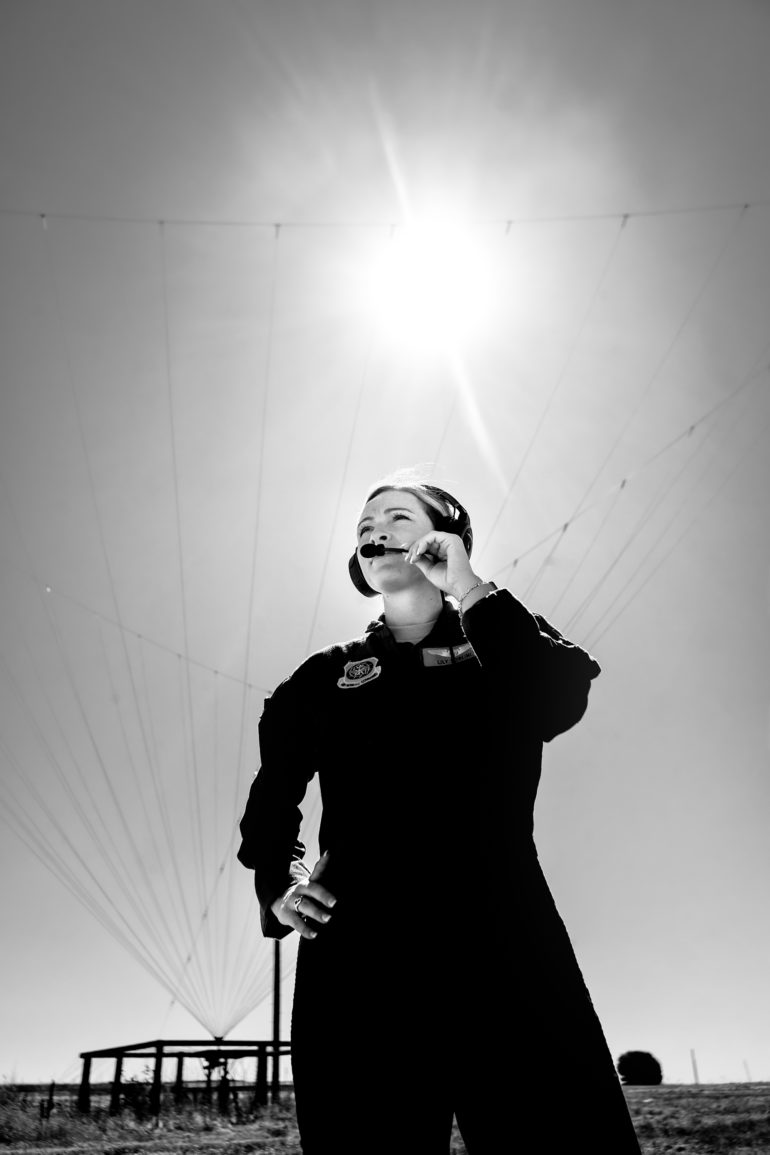
KG: Take a look at Shattered Glass and you’ll see women doing jobs that require more physical and emotional energy than anyone who thinks they could ever imagine. What’s more, is that these women don’t even think twice about the energy required for these jobs – they do it like it’s second nature. Below are just a few of the incredible jobs women are doing to prove this wrong:
- flying a C-5 Galaxy, the largest plane in the US Air Force
- competing in sumo wrestling
- blacksmithing
- long-haul trucking across the United States
Every day, women around the world are proving that opinions like those are myths.
Phoblographer: You are no stranger to facing adversity in the workplace. What kind of energy did that give you and how did you transmute it into this photographic project?
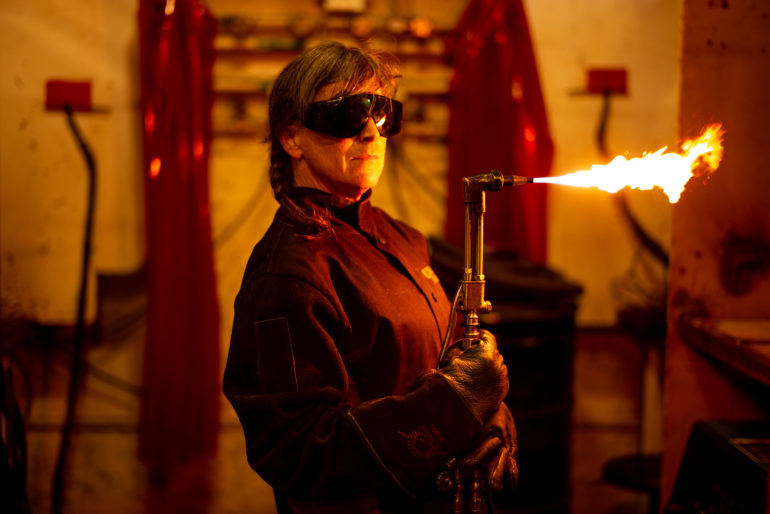
KG: “You don’t look like an engineer” is an off-putting comment I heard multiple times as a mechanical engineer, and it’s what sparked the inspiration for this project. The first time a man said this to me, it really threw me off. What is an engineer supposed’ to look like? Why can’t I wear dresses and heels and be an engineer? Why does anyone who works in a certain industry have to look, dress, or act a particular way?
My whole life I’ve been the kind of person who, if told I can’t or shouldn’t do something, will turn around and prove that I can. So, in response to the comments, I decided to be the heel-wearing, femininely dressed engineer – and to be that person with confidence, pride, and no shame. Then, earlier this year, when I started getting into photography, I wanted to find a way to translate the belief that women are not confined to society’s traditional expectations into empowerment and inspiration for women around the world. Photographing women who are shattering barriers and expectations in male-dominated industries, all while unapologetically embracing their femininity, was the obvious way to go–and that’s how ‘Shattered Glass’ was born.
Phoblographer: Talk to us about your process of finding your subjects and getting them involved with the project.
KG: Over the past six months, I’ve been adding to a (very long!) running list of male-dominated industries in which women are doing incredible things. Discovering these amazing stories ranges from Google searches and news articles, to finding these accounts on social media, to my amazing friends who know about the project and send me stories.
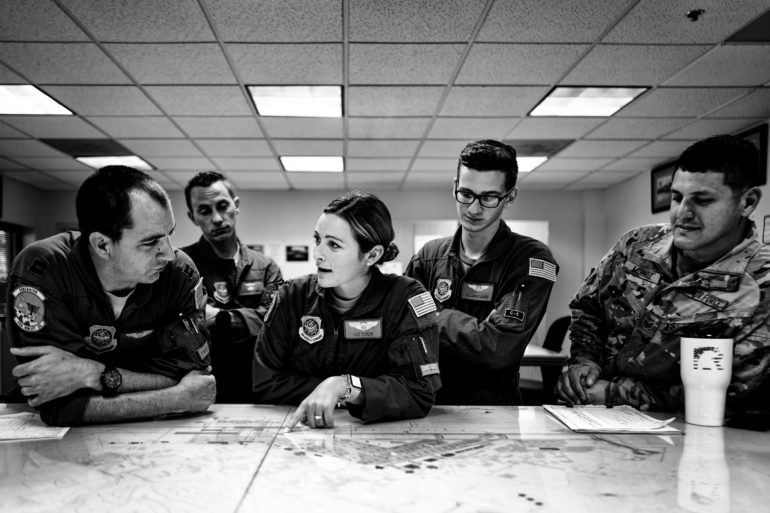
When I first reach out, it’s usually through an Instagram DM with some information about myself and of course, a link to the project on my website. It’s a great way for them to get an idea of my artistic style and to see that I am serious about both photography and this project. Generally, the reaction involves both excitement to be involved, and something along the lines of, “our industry needs this!” I also schedule a phone call or video chat before we meet– it’s essential to be able to tell their stories in the most authentic way possible and to build a relationship with them so they feel comfortable when we meet.
“To know that these photos, and more importantly, the women in them, have moved people emotionally is incredible.”
While this project is still in its beginning stages, my vision is to go beyond taking photos. I want to have in-person meetups where women in various male-dominated industries around the world can come together to learn from and inspire each other. It’s also incredibly important to me to document a diverse group of women – racially, socioeconomically, and geographically – so that any woman anywhere in the world can see herself in one of these women.
Phoblographer: This is great work. Is there a part of you – and your subjects – that think “it sucks we have to do this in order to be valued and represented”? If so, how do you manage that frustration as a photographer?
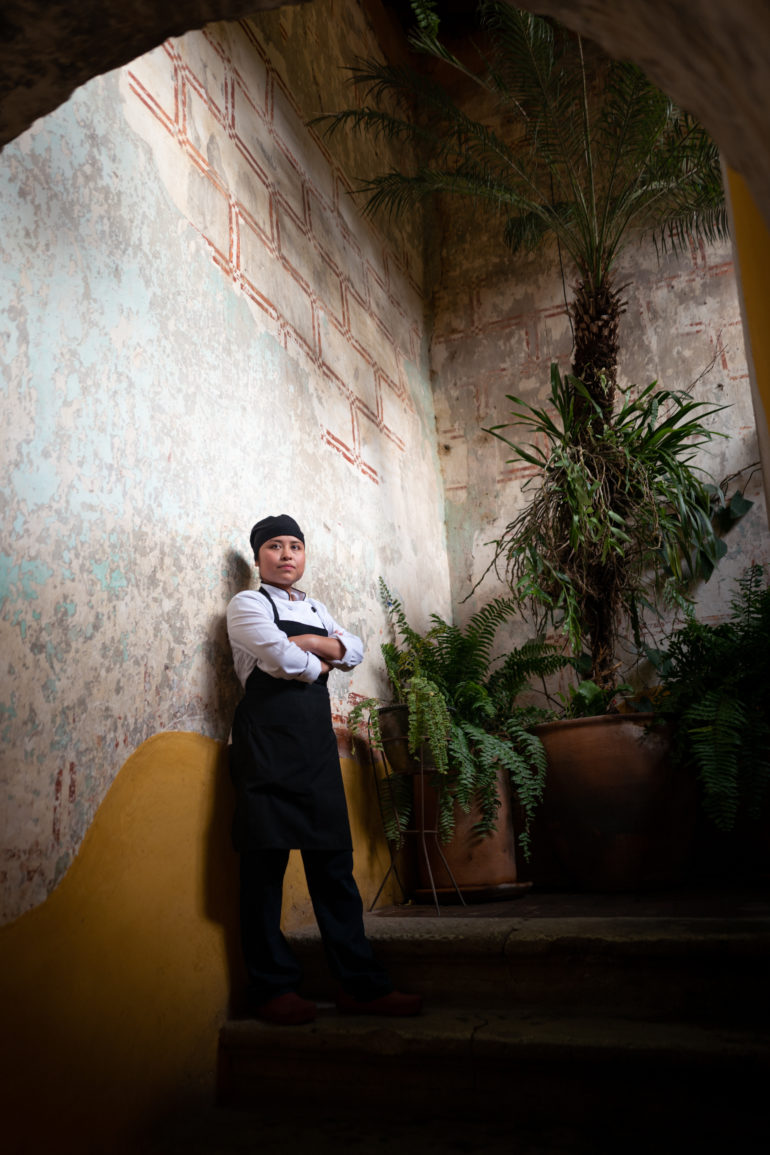
KG: Of course – but that’s where we are at this point in time. I tend not to focus on that, but instead to concentrate on how we can act to make change so that in the future, anyone of any gender identity can work in the industry they are drawn to without judgment or questioning. That said, the reactions I’ve heard in these first few months alone have already negated any frustrations. For instance, one of the women I photographed said the photos brought her friend to tears. To know that these photos, and more importantly, the women in them, have moved people emotionally is incredible.
Phoblographer: We think every photographer learns something through doing an extensive project such as yours. What was your biggest takeaway after spending time and photographing your subjects?
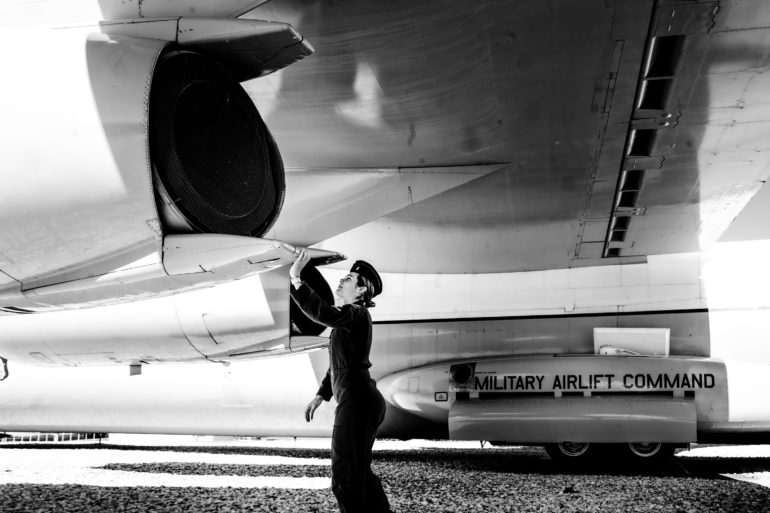
KG: …learning about industries where I know nothing has truly been life-changing. For example, Dee, who is an over-the-road (long-haul) trucker, really opened my eyes about her industry. I think most people – myself included – don’t realize that we literally would not have anything we use without the hard-working truckers out there. You wouldn’t have the phone or laptop you’re reading this on, I wouldn’t have the chair I’m sitting in, we wouldn’t have the food we eat, the transportation we have, etc. without these incredible individuals who sacrifice time with family, and often a sense of stability, to bring goods to the rest of the world. That, to me, is incredible. Now, every time I see a trucker, I always make it a point to say thank you.
Phoblographer: “Katerina envisions a future in which a woman working in any industry around the world evokes a sense of pride, support, and inspiration…” How do you feel about your work as a photographer?
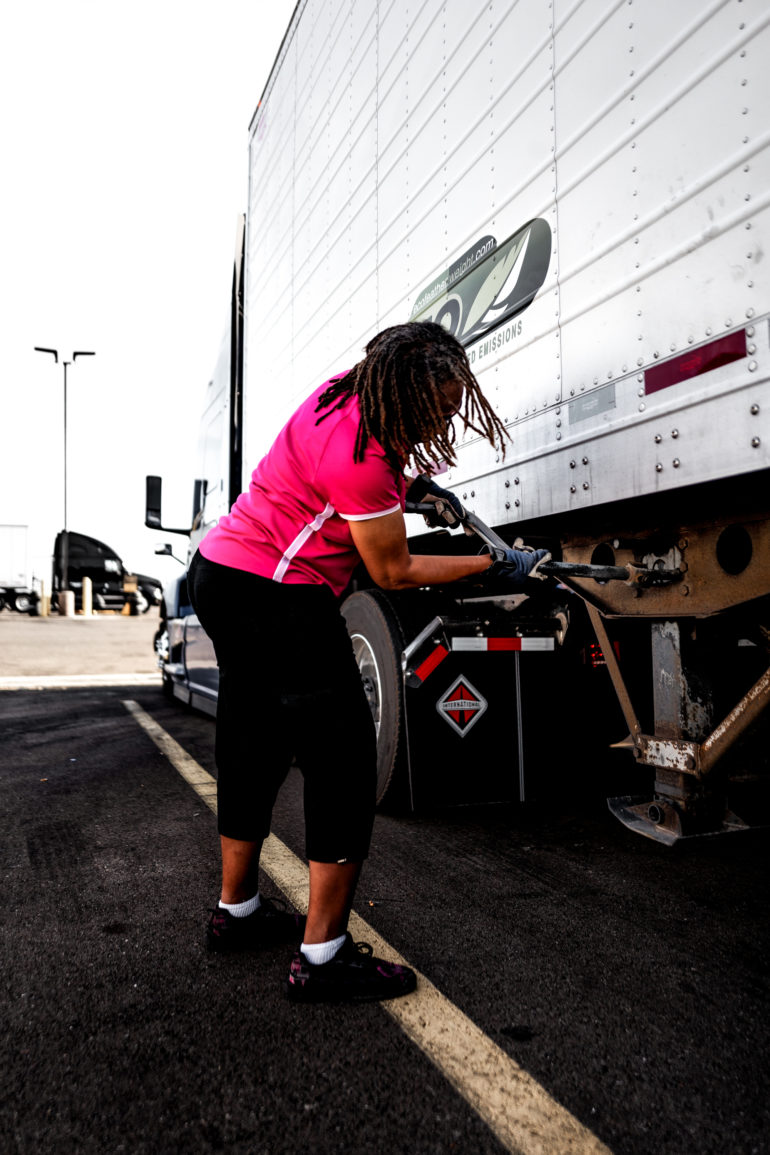
KG: Are people inspired? Learning something new? Changing opinions or they way they view the world? If so, then I feel pretty good about it! I feel genuinely honored that these women have let me into their lives, taught me about their professions, and have opened up so authentically to me about their experiences. Having the opportunity to document such an important movement in history is more fulfilling than words can describe.
“I believe that carrying oneself with confidence and not letting what others might think of how you look, or what you do, get to you makes a world of difference.”
Phoblographer: Photography remains male-dominated, although things are starting to change. As a female, what has your experience been like in the industry, both the good and the bad?
KG: I just started shooting seriously in March of this year, so my experience is limited. People will stop me when I’m doing street photography to talk about cameras, photography, or because I’m lying down in the middle of the street to get a good shot, and they want to know what on earth I’m doing! Sometimes they’ll mention that they don’t see many women doing street photography, but that it’s nice to see more women out there.
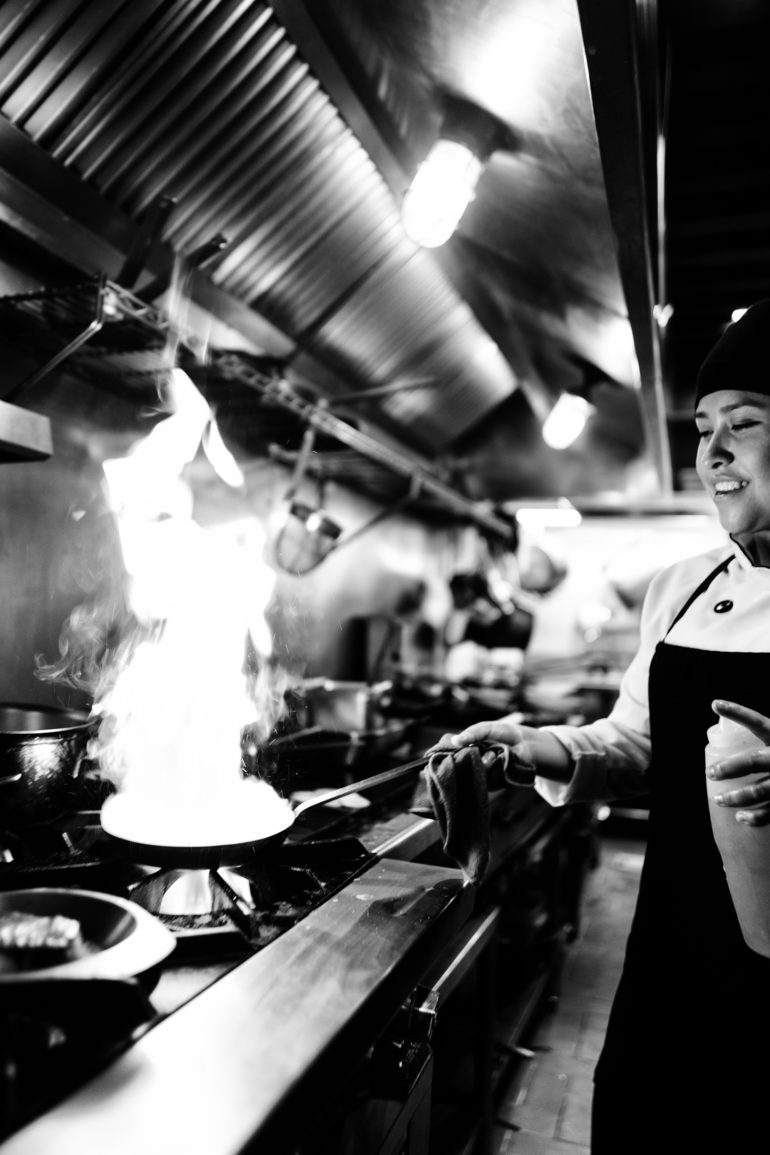
As a female photographer, I haven’t yet had any bad experiences – I think that’s in part because I haven’t been in the industry for very long, and because of how I carry myself as a result of my past experiences. I’m used to being the only woman in the room, and now I don’t think anything of it. I believe that carrying oneself with confidence and not letting what others might think of how you look, or what you do, get to you makes a world of difference.
Phoblographer: You also shoot street photography. For you, how does shooting candidly compare to a planned project?
KG: Street photography came first for me, and the style I shoot in taught me a lot about using natural light, shape, and unexpected places to carry a photo. These techniques definitely translate into how I compose in planned projects. I’m actively looking for inspiration through photo books, magazines, and the work of other artists. I think that’s one of the most important parts of the creative process, to explore other artistic avenues, and to continue challenging oneself and learning via experimentation.
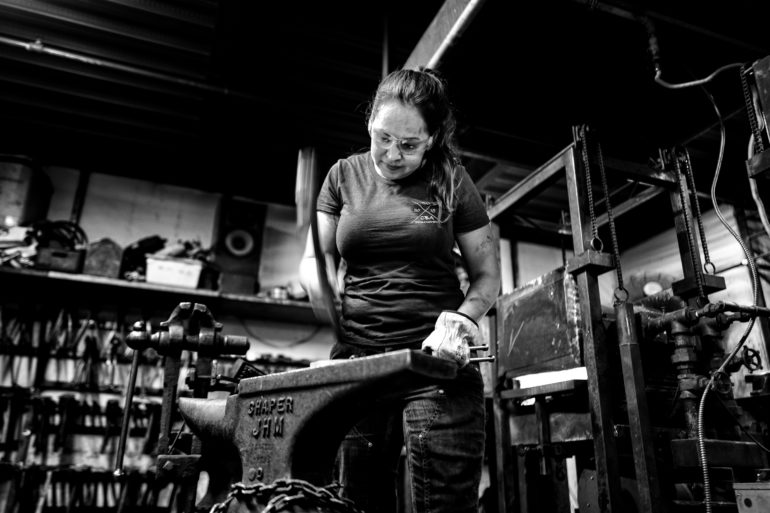
The blank slate that comes with planned projects I actually find more difficult and more exciting to work with – the possibilities are endless, and it’s easier to try something totally out there and new to me. I also love that with each woman I photograph, the constraints – whether that be time, available light, or space – change. In every shoot I’ve done, it has been my first time in the space where I photographed. You can plan all you want, but the reality is that you have to be ready for anything, have a few backup plans, and be able to change on the fly. In a way, this is similar to street photography, where you’re looking for intriguing scenes in completely unfamiliar places. You’re constantly evaluating your surroundings to find a great scene in the unexpected.
Phoblographer: You’re a Leica shooter. Why is Leica your camera of choice, how does it feel in your hand, and how does this motivate you to shoot?
KG: When people see you shoot with a Leica, they take you, and your work, seriously. The Leica Q was the first camera I used when I got serious about photography. It’s hard not to take shooting seriously when you’re using a camera made by such an iconic brand. I’ve also shot with the M10 and M240 – the M series is truly a joy to shoot with. I make far fewer photos when shooting with the M series, but I put much more thought into each composition before I press the shutter (which, I would like to note, has the most incredibly satisfying sound.) The design of the camera, and of course the manual focus, force you to slow down – think we can all use that in today’s world.
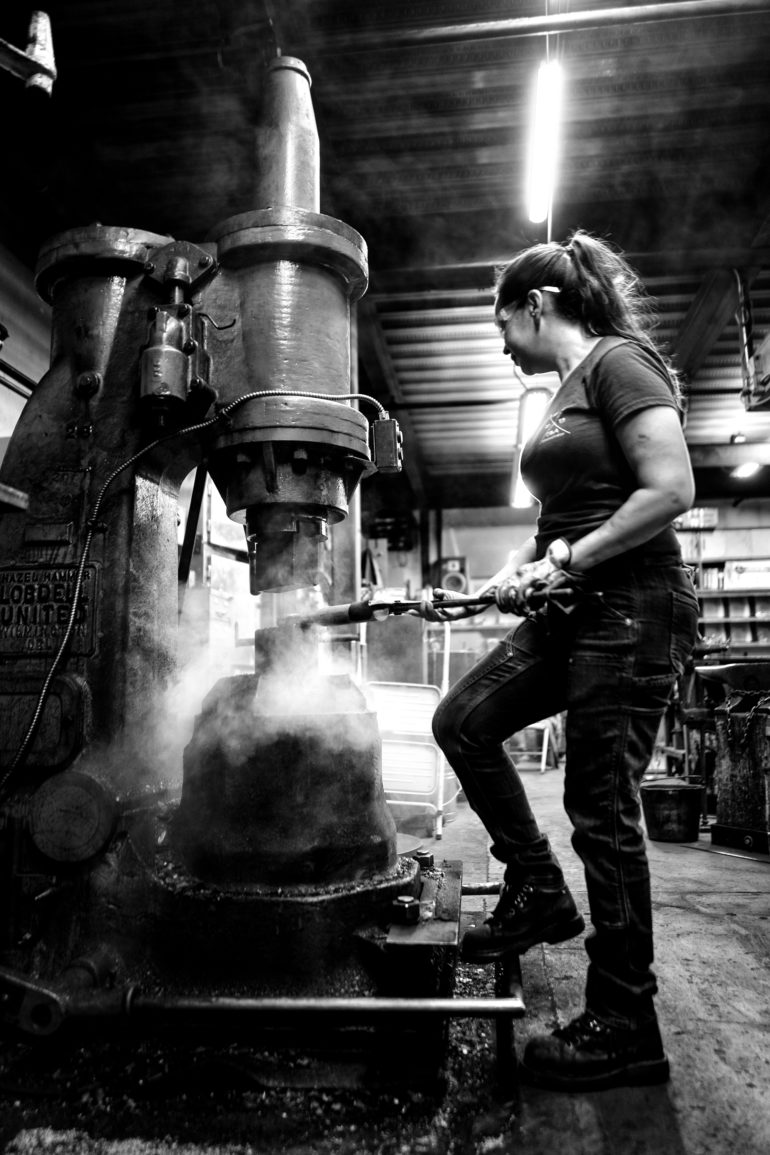
The form factor of Leica’s cameras is what continues to draw me to them and to be inspired to go out and make beautiful images. I love how simple the design is. When I first started learning photography, it helped to break down the basics like shutter speed, aperture, and ISO in such a simple and intuitive way. Now, I feel the design allows me to focus on composition and creativity because changing settings is so fluidly integrated with how you handle the camera. And of course, the incredible build quality of these cameras render them rugged enough for just shooting in just about any environment. And lastly, I love how these cameras age. My Leica Q has the most beautiful patina forming from years of being well-loved, and it feels like I’m holding a work of art when I shoot with it.
Phoblographer: Looking forward, and keeping in the theme of Shattered Glass, what glass ceilings do you want to smash through in the future?
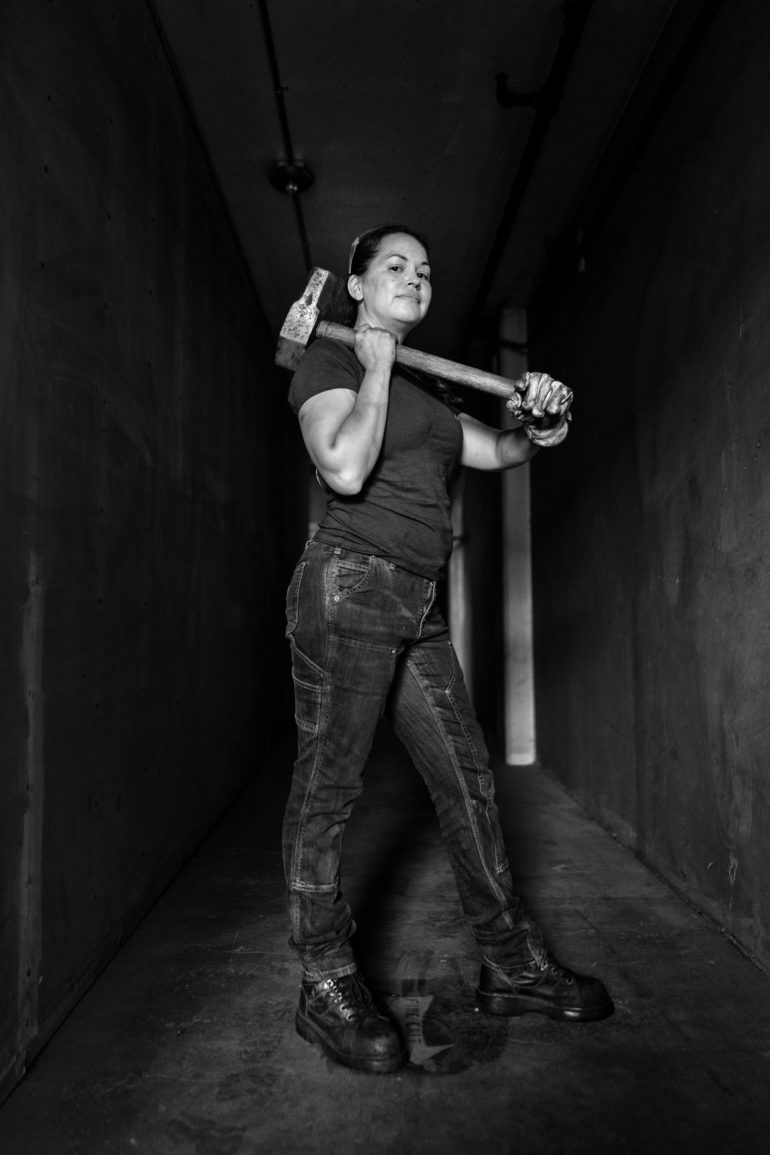
KG: I’ve been thinking about going back to school in a few years to get a master’s in architecture. It’s a wonderful way to combine my love of engineering with my passion for all things visual, which is, in large part, thanks to photography. If that ends up being the route for me, I will start my own firm. I’m sure there will be many glass ceilings to shatter along the way!
You can see more Katerina’s work by visiting her website and Instagram.


